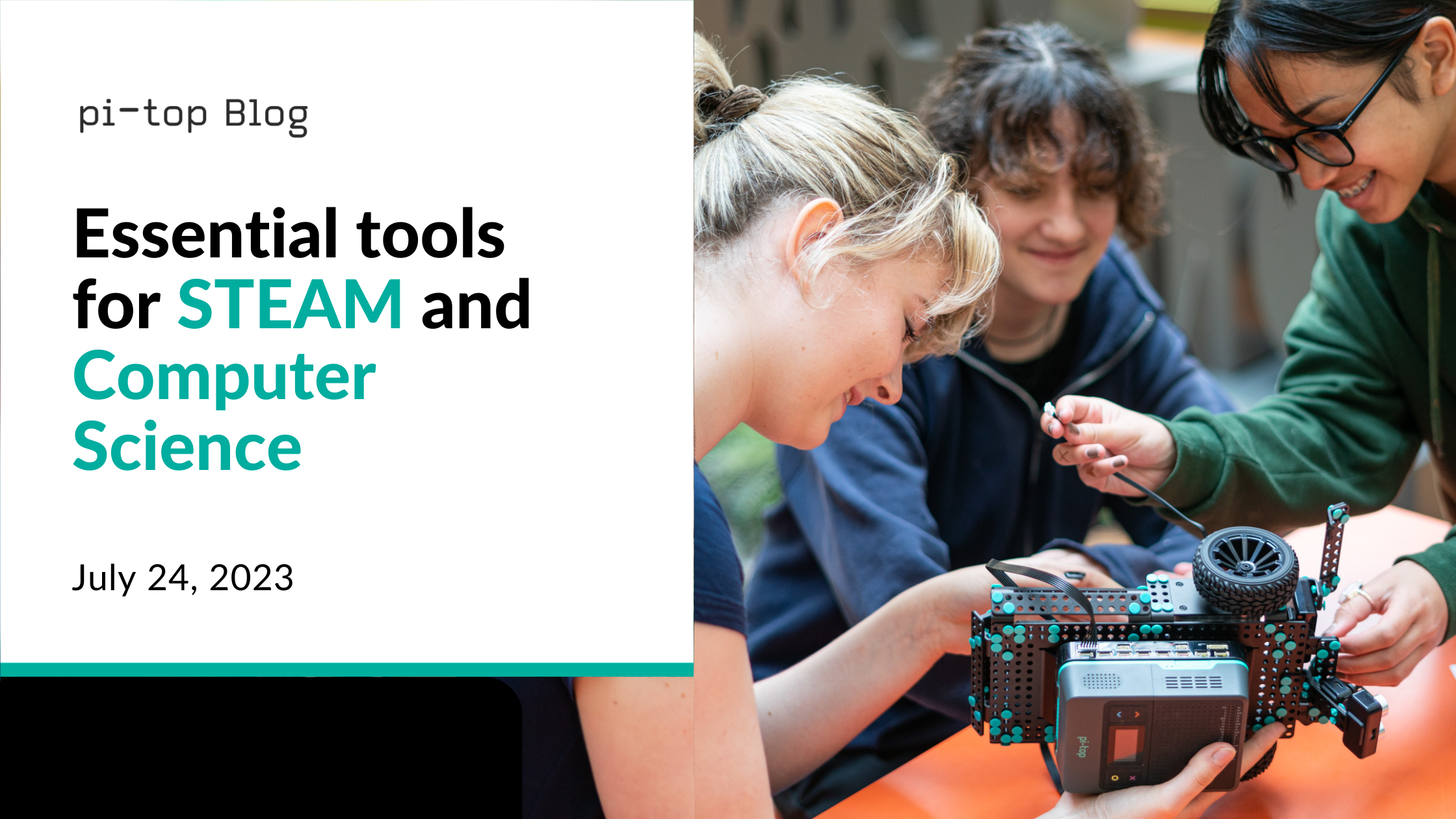Computer science education has become essential for equipping students with the skills they need to thrive in a technology-driven world. And middle and high school teachers have the unique opportunity to really get into the real-world applications of computer science.
A well-rounded computer science curriculum can empower students to think critically, solve complex problems, and innovate in various fields. To help you create an impactful curriculum, here are five key components that should be included in your computer science lessons:
Programming Fundamentals: Building Strong Foundations
Teaching programming fundamentals is the cornerstone of any computer science curriculum. Introduce students to computer science in a non-threatening way with blocky (we call ours Block Pi!), and then transition into more advanced programming languages such as Python,
By guiding students from beginning concepts into advanced applications, you’ll develop true computational thinking skills and ensure that your students understand the logic behind coding, rather than just rote memorization of code.
How do I do this?
- Start with visual programming tools like Block Pi to ease students into coding concepts without getting overwhelmed by syntax.
- Use real-world examples and interactive coding exercises to demonstrate how programming is used in various industries.
- Encourage students to work on small coding projects to apply what they've learned and boost their confidence.
Computational Thinking: Cultivating Problem-Solving Skills
Computational thinking is the ability to approach problems in a structured and logical manner. It's a vital skill that goes beyond programming and can be applied to various real-life situations. Use computer science to teach students how to break down complex problems into smaller, manageable parts, identify patterns, and devise algorithmic solutions.
How do I do this?
- Incorporate hands-on activities and puzzles that require students to analyze patterns and create step-by-step solutions.
- Introduce algorithmic thinking through tasks like sorting objects or solving mazes, which demonstrate the importance of efficient problem-solving approaches.
- Connect computational thinking to other subjects, showing how it aligns with mathematical reasoning and scientific inquiry.
Creative Projects and Problem-Based Learning: Fostering Innovation
Encourage creativity by assigning open-ended projects that allow students to apply their computer science knowledge to solve real-world problems. This approach promotes innovation, teamwork, and critical thinking as students collaborate to design and implement solutions.
How do I do this?
- Integrate interdisciplinary projects that combine computer science with other subjects, fostering a holistic approach to problem-solving.
- Offer guidance and support as students brainstorm project ideas, plan their execution, and iterate on their solutions.
- Showcase successful projects from previous years to inspire students and demonstrate the impact of their work.
By incorporating these three components into your computer science curriculum, you can provide your middle and high school students with a solid foundation in computer science, preparing them for success in an increasingly digital world.
Remember, computer science is not just about coding—it's about equipping students with the skills they need to thrive as critical thinkers, problem solvers, and innovators.
